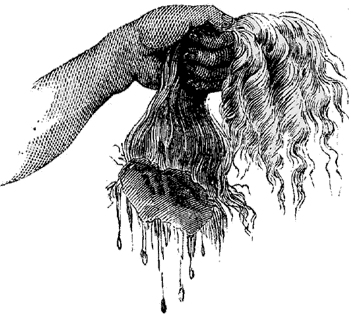
January 11, 1864 to January 8, 1866
“Stephen Miller takes office as the state’s fourth governor. His military career during the Civil War and Ramsey’s support assured Miller of a gubernatorial victory in 1863. He was the first of several Civil War veterans to serve as governor of Minnesota. Although lacking a college degree himself, he valued higher education and advocated generous appropriations to state normal schools and the University of Minnesota. In his final address to the legislature, he strongly but unsuccessfully urged adoption of a black suffrage amendment to the state constitution. Miller chose not to run for re-election.” *
Today I will again resist the temptation to sum up Stephen Miller’s life based on his known accomplishments, and listen between the lines with You. There’s much to write about his life: as a flour inspector, as a war hero, as punisher of Indians, as Civil War hero, and as a great orator. Yet, You have me focus on this obscure fact:
“Miller’s interest in politics also led him to edit and publish a ‘leading organ’ of the Whig party, the “Pennsylvania Telegraph” for several years before moving to Minnesota in 1858.”
Lord, what is the spiritual heritage of the Whigs? What was in their heart and the heart of Gov. Miller?
“Historian Frank Towers has specified a deep ideological divide:
Democrats stood for the ‘sovereignty of the people’ as expressed in popular demonstrations, constitutional conventions, and majority rule as a general principle of governing, whereas Whigs advocated the rule of law, written and unchanging constitutions, and protections for minority interests against majority tyranny.” ***
Without doing major research, I see this; men like Miller wanted to see consistency and impartiality in government. The law for one is the law for all. No one is above the law, nor under the law.
Eternal Father, I ask You to bless this notion of equality of opportunity in Miller’s heart. I ask that You bless the notion that there should be neither a tyranny of the majority or of the minority. That we are humble and peaceable equals as citizens. Will you forgive how we have diminished our neighbor through political manipulations? How we may have offended Your Sovereignty by discounting our brothers’ and sisters’ beliefs and views?
Again, thank You for Governor Miller. May his successes be rewarded, and his misuse of authority be forgiven. Thank You for his heart to include Black Americans as functional citizens! May these works of justice be remembered more and more as Your return approaches!
*P.T.H. cites timeline formerly at this URL: mnhs.org/about/dipity_timeline.htm
The Minnesota Historical Society Web site, http://www.mnhs.org , is fantastic! Check it out!
** http://wjon.com/st-cloud-resident-stephen-miller-nominated-for-governor-on-this-date-in-central-minnesota-history/
*** https://en.wikipedia.org/wiki/Whig_Party_(United_States)
**** A life summary. http://www.nga.org/cms/home/governors/past-governors-bios/page_minnesota/col2-content/main-content-list/title_miller_stephen.html
***** For more specific information regarding Governor Miller, see link below:
https://www.leg.state.mn.us/legdb/fulldetail?ID=13988


